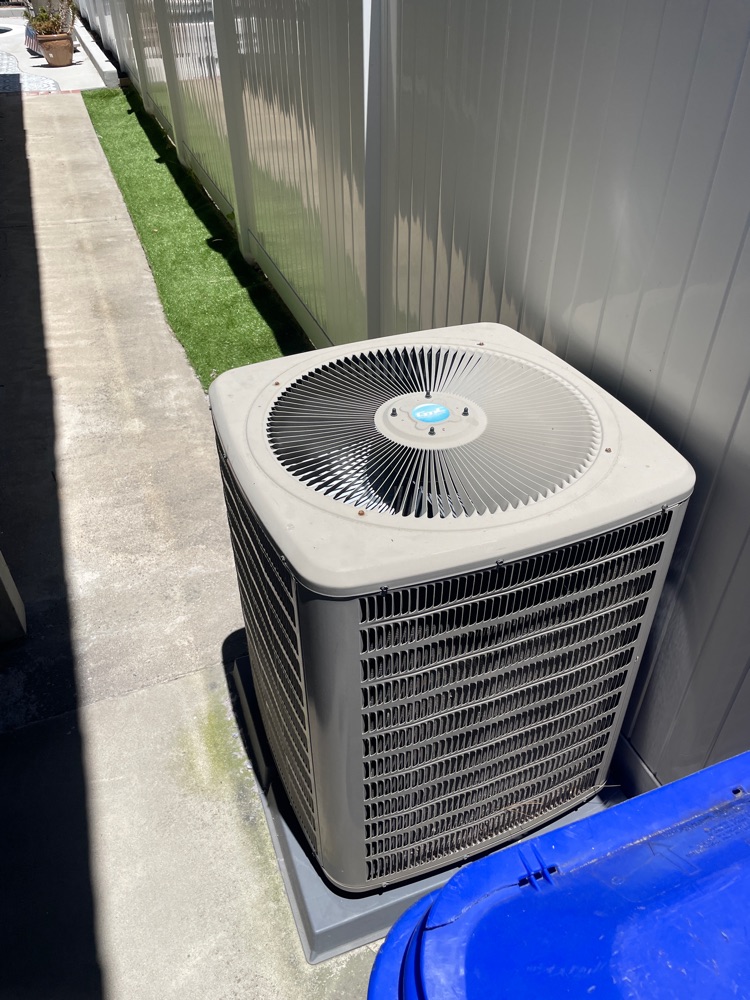An ice maker is used less often than the rest of the refrigerator. Therefore, its breakdowns are usually not detected immediately after their appearance. The fact that the ice maker is out of order usually becomes known already when a puddle appears on the floor or there are no ice cubes. Further repairs and their cost depend on correct diagnostics. If your KitchenAid Ice Maker is not working use this troubleshooting guide to diagnose common problems. There are several scenarios your appliance might be suffering from:
Ice maker turned off
Ice maker jammed
Water filter needs to be replaced
Water system needs to be flushed
Verify that the ice maker is turned on. If the ice maker’s water supply is not connected to water supply line, turn the ice maker off. If the ice maker is on, but disconnected to water supply line, the following could happen. The ice maker will continue to try to make ice, causing a buzzing sound. A refrigerator section may to be too cold. Food in crisper drawers may freeze. First, ensure that ice is not jammed in the ejector arm of the ice maker. Remove jammed ice from the ejector arm using only a plastic utensil so the ice maker is not damaged. This will likely resolve the issue. Because the ice may not be completely frozen yet, when the harvest fingers try to harvest the ice cubes, the fingers bring up icy water that attaches to the stripper. This icy water can then freeze on the stripper during the next cycle causing an ice bridge. This ice bridge will cause the harvest fingers to jam.
Flush the system is needed every time the filter is changed or once the refrigerator is installed to the water supply line for the first time. Air in the water system may cause dripping at the dispenser or small/hollow ice cubes. . When checking the water supply line, ensure the water supply is properly connected to a cold water supply and the water shutoff valve is fully opened. Next, check to make sure there are no kinks in the water supply line. A kink in the line can reduce water flow. Straighten the water source line to restore adequate water flow and pressure. To help reduce the chances of a pinched water line, do not push the refrigerator too far back against the wall or cabinet. Give us a call for additional details!



















